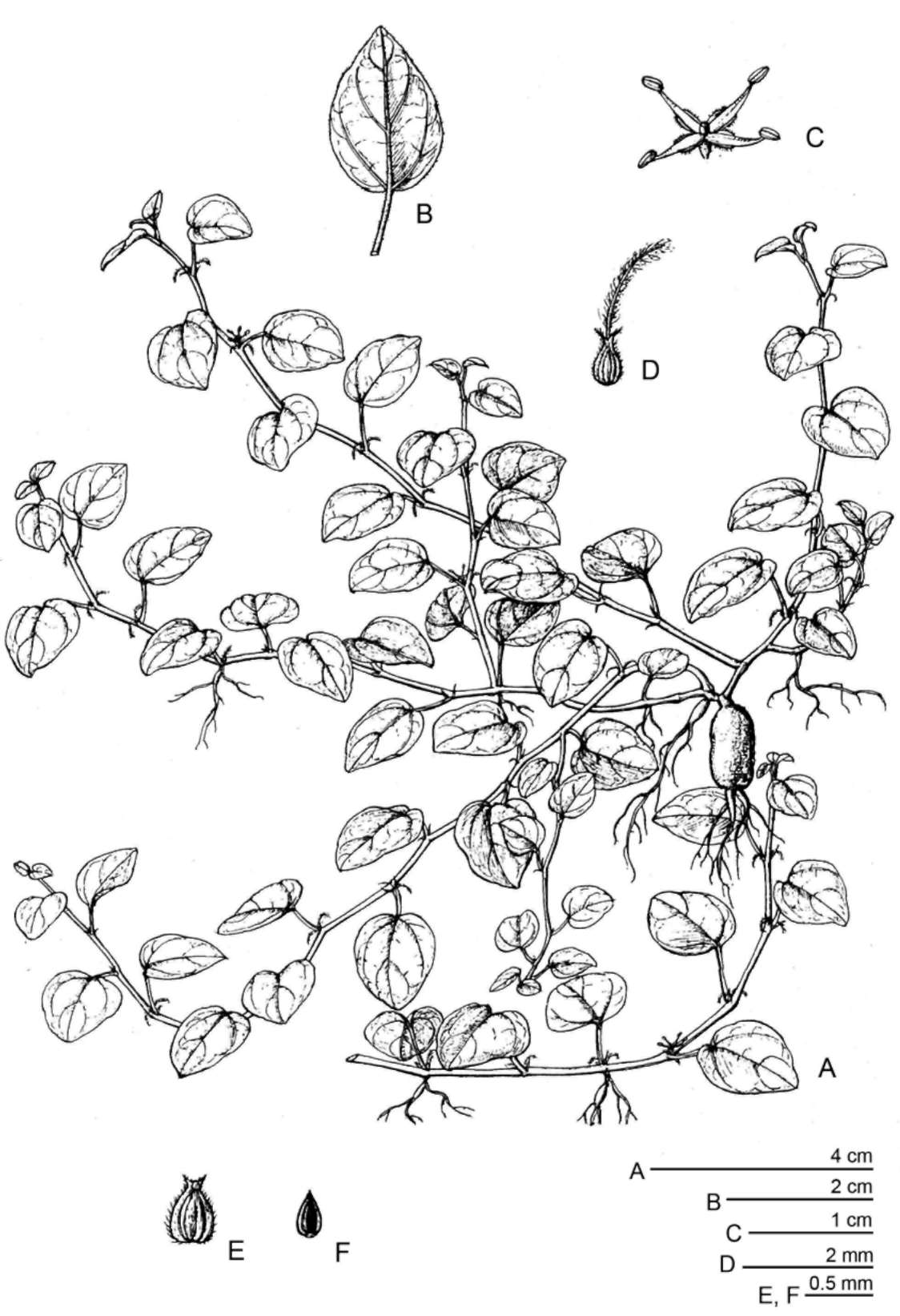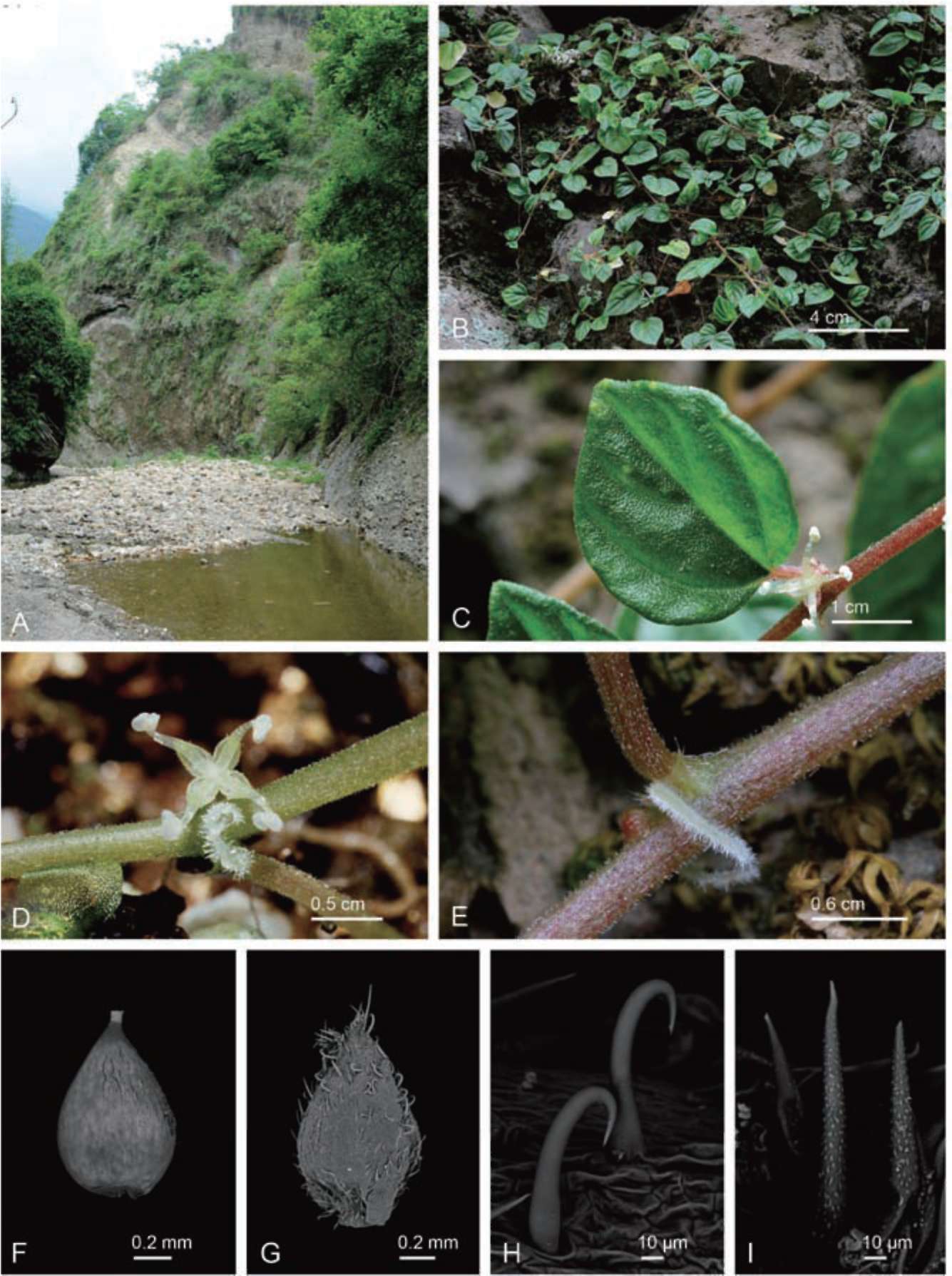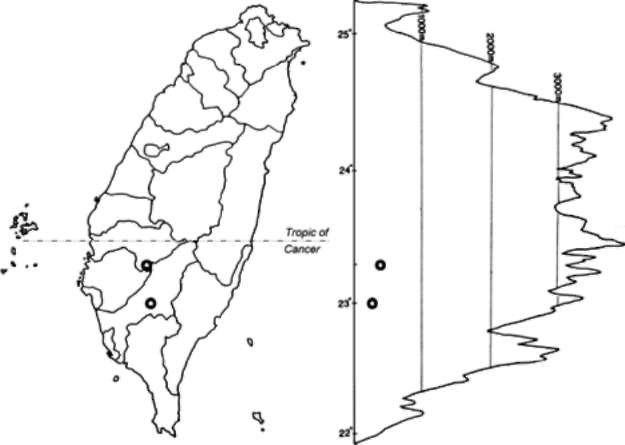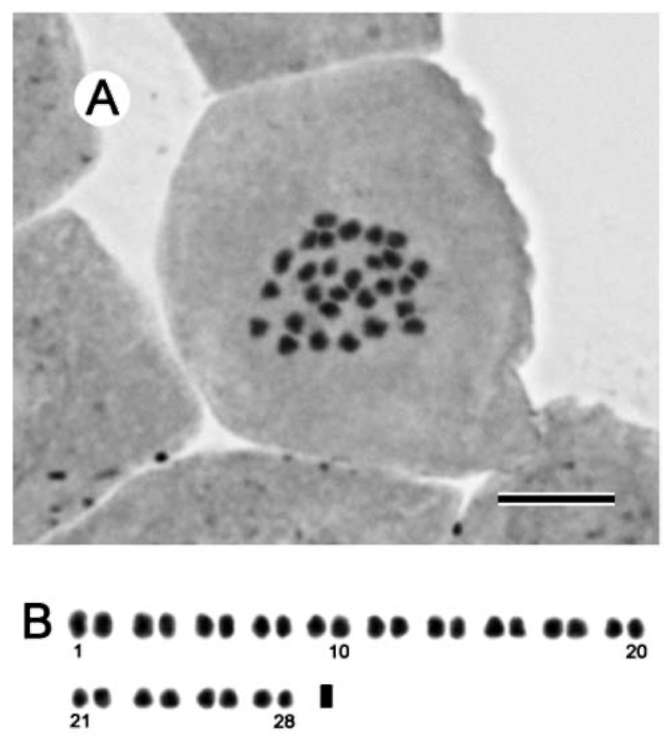Chang, K.C., C.C. Wang, S.L. Deng, Y. Kono, F.Y. Lu, and C.-I
Peng. 2011a. Cotoneaster rosiflorus (Rosaceae), a new species from Taiwan. Bot. Stud. 52: 211-218.
Chang, K. C., C.M. Wang, S.L. Deng, and C.C. Wang. 2011b. A
new species Cotoneaster chingshuiensis (Rosaceae) from Taiwan. Taiwania 56: 125-131.
Chao, C.T., H.Y. Tzeng, and Y.H. Tseng. 2012. Maianthemum harae (Asparagaceae), a new species from Taiwan. Ann. Bot. Fennici 49: (in press).
Chen, J.R., I. Friis, and C.M. Wilmot-Dear. 2003. Pouzolzia. In Z.Y. Wu, P.H. Raven and D.Y. Hong (eds.), Flora of China, Vol. 5. pp. 175-178.
Chung, S.W., T.C. Hsu, and C.-I Peng. 2010. Phacellanthus
(Orobanchaceae), a newly recorded genus in Taiwan. Bot.
Stud. 51: 531-536. Hsu, T.W., Y. Kono, T.Y. Chiang, and C.-I Peng. 2011.
Ypsilandra (Melanthiaceae; Lilliaceae sensu lato), a new generic record for Taiwan. Bot. Stud. 52: 99-104.
Hsu, T.C. and S.W. Chung. 2012. Tripterospermum hualiense (Gentiaceae), a new species from Taiwan. Taiwania 57:
183-187.
IUCN. 2001. IUCN Red List Categories and Criteria, Version
3.1. Prepared by the IUCN Species Survival Commission. IUCN, Gland, Switzerland, and Cambridge, United Kingdom.
Levan, A., K. Fredga, and A.A. Sandberg. 1964. Nomenclature for centromeric position on chromosomes. Hereditas 52:
201-220.
Lin, T. P. and W.M. Lin. 2011. Newly discovered native orchids of Taiwan (IV). Taiwania 56: 315-322.
Sharma, A.K. 1970. Annual report, 1967-1968. Res. Bull. Univ. Calcutta (Cytogenetics Lab.) 2: 1-50.
Sharma, M.L. and P.N. Mehra. 1977. In IOPB chromosome number reports LVII. Taxon 26: 443-452.
Sharma, M.L. and P.N. Mehra. 1979. Chromosome numbers in some East Himalayan Urticaceae. Cytologia 44: 799-803.
Subramanian, D. and A. Thilagavathy. 1988. Cytotaxonomical studies of South Indian Urticaceae. Cytologia 53: 671-678.
Tseng, Y.H. and C.C. Wang. 2011. Alpinia oui (Zingiberaceae), a New Species from Taiwan. Novon 21: 270-273.
Wang, J.C. and C.T. Lu (eds.). 2012. Flora of Taiwan, Second Edition-Supplement. National Taiwan Normal University, Taipei, 414 pp.
Yang, Y.P., B.L. Shih, and H.Y. Liu. 1996. Urticaceae. In Editorial Committee of the Flora of Taiwan, Second Edition (eds.), Flora of Taiwan, 2nd edn., Vol. 2. Editorial Committee of the Flora of Taiwan, Second Edition, Taipei, Republic of China, pp. 197-257.



